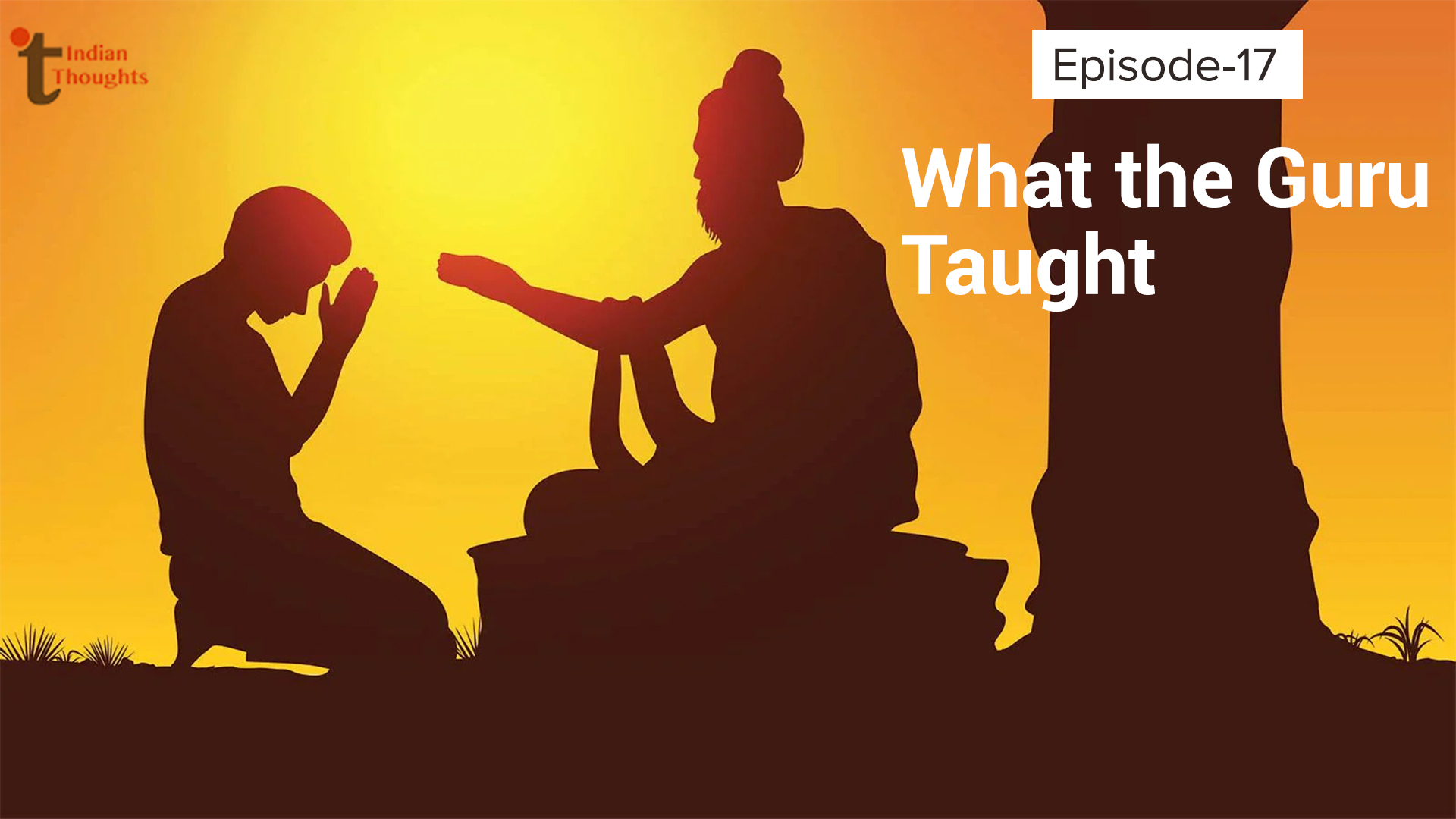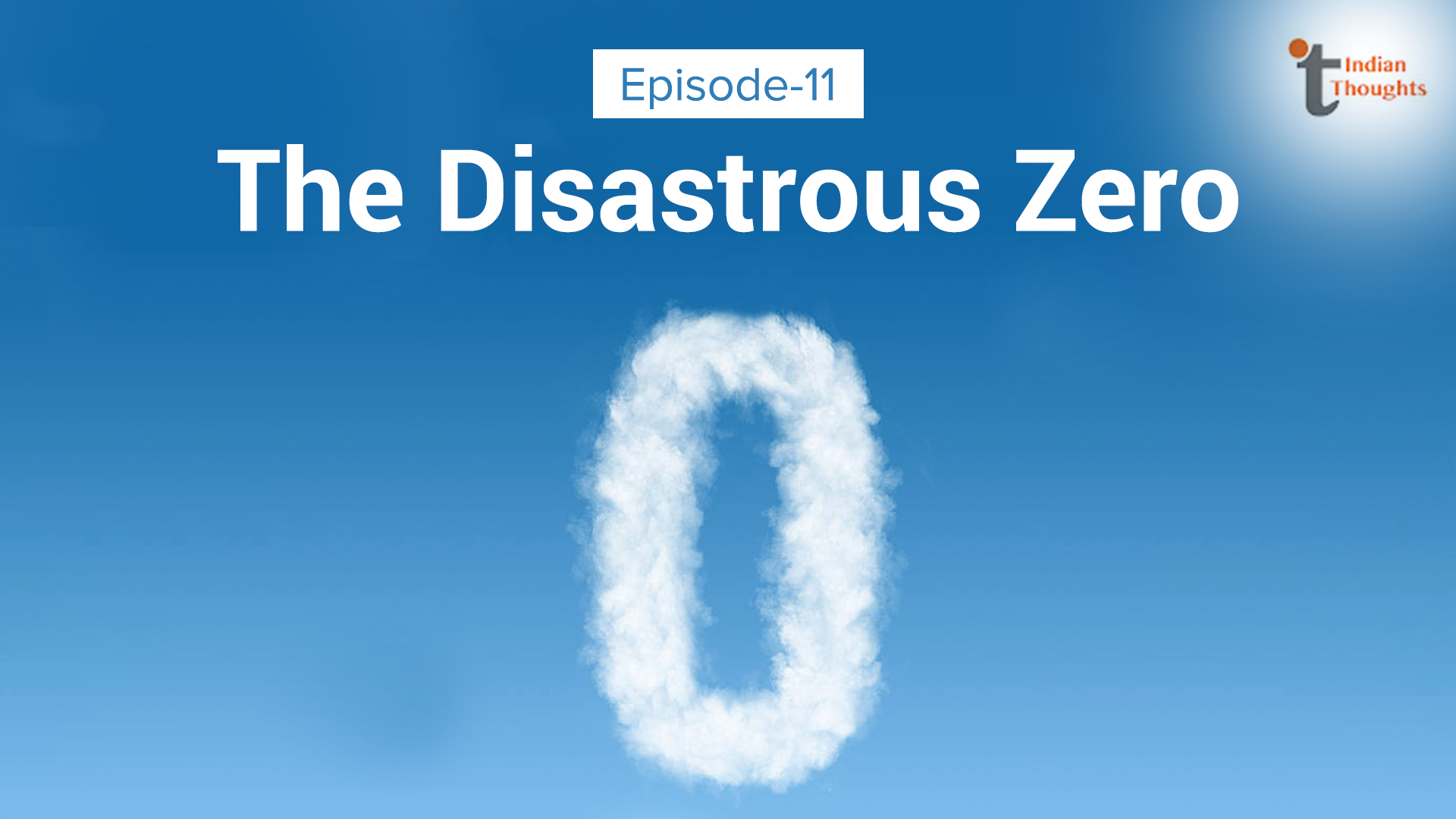I just thought of the damages that have happened to teacher – student relationships, as time moved from culture to culture. Education has come to be purchasing data. In 1956, when I was four, I remember going to the guru school called ‘kalari’, which was common in every village in Kerala. It was from this ‘kalari’ (local training place, mostly organised by a teacher, who intitiates little children to language and letters) and local teacher that we were supposed to learn the letters. The teacher wrote all letters with knife pens, on cut to shape long dry palm leaves. When all the letters were over, each child had to invite the guru-teacher for a function called ‘chintham’ (chintham was a traditional village function organised at the student’s house, to which the teacher was invited, along with a few selected invitees, and thereafter sumptuous meals were served). On this day, the student gave the teacher ‘dakshina’ ceremoniously and took his blessings in return. Also, during every function, which was held at the student’s house, the teacher was invited. The whole family considered him integral part of their life. And those days, education was a quite natural process. All those who share ‘vidya’ were ever a guru too.
Today, if values are found missing, the main reason could be manipulated guru-sishya relationships. According to Indian tradition, the mantra is, guru is Brahma (who is the Lord of Creation), guru is Vishnu (who is the organiser), guru is Maheshwara (who is the destroyer), and guru is the supreme God (the universe itself) and my salutations and obeisance to you Sri guru.
Chandogopanishad says that he who has accepted a guru, knows the truth. Guru empowers anyone with knowledge and helps him to ride through life fully aware of the ‘tatva’ of death. Guru helps anyone to deal with all issues in life daringly. Guru is the source of all inspirations too.
Let me tell you a Buddhist story. It was a time in which lamas and their temples had prominent roles everywhere. In a renowned lamasery, there was a boy who had come to acquire knowledge. He learned all Tibetan traditions and Buddhist practises, along with social rules and prominent books. One day, the guru lama announced that their five-year course is complete and everybody in this batch can go back to their homes. All others, except this boy, immediately packed their belongings and left the lamasery. This boy slowly went to the guru and fell at his feet in gratitude and said thanks. Guru helped him up and told him that his training is not over and it will continue for another five years.
The boy was shocked and his face turned pale. Guru told him, “Look at your course mates, they all left saying not a word to me. There is not a thing in this universe that does not deserve gratitude. They knew that guru is the universe as a whole and they found nothing more than a tool in a human form like me. I was proudly watching them go and weeping in the joy of seeing them complete.”
Such a tragedy happens frequently, only because of our wrong understanding that guru and grace appear only through the main gates of temples and churches. It is to be understood that we are in the process of learning every time and there are gurus everywhere. Real guru appears not in glittering clothes or shining luxuries. Guru lama meant that no real gurus ask for praise. This story could be true because the Buddhist saying itself is, ‘thousand monks thousand and one religions’. Anyway, the story continued saying that the lama guru hugged the student and sent him home, with special blessings.
Many of the new-age gurus don’t know the truth that the source of knowledge is the Consciousness called God and any guru is only a link in the gurutatva chain. Osho says that 99 % of the present-day gurus are fakes. There were no fees in Nalanda and Takshasila, while modern teachers think that they are the proprietors of what they have learnt. Guru is so great that his status is just below God. The Indian order is ‘matha, pitha, guru and devo’. The mystic Kabir Das wrote that if God and guru appear to him at the same time, he will bow down before the guru first, because it was the guru who taught him who God is. Indian Scriptures say that a guru is also powerful enough to save anyone from the anger of even Siva. A derogatory attitude towards guru is considered an unhealable sin in India.
Satisfying all guru wishes, giving him pleasing gifts and dakshina, all are appreciable approaches. There is no realisation without guru. A guru is competent enough to bless a disciple to grow to any extent. He behaves like a cloud when it is scorching hot outside. In short, it is difficult to swim across this world without guru grace. Consider the punishments he gives, as blessings in disguise. The most important requirement in life is guru grace. In our guru concept, guru is perfect. We think about fruits without skin and swallowing the tonic together with the bottle. Our wrong beliefs are the reason for our failures. Always feel the heart of a guru in every letter we use and knowledge turns rewarding. If you should not fail anywhere, touch his feet before moving to your karma-mandala.
“The best thing you can do for your Guru is what is ultimately good for Yourself” Sadguru



















